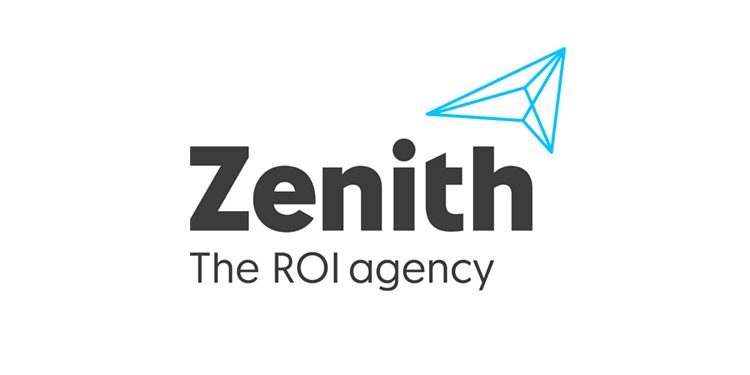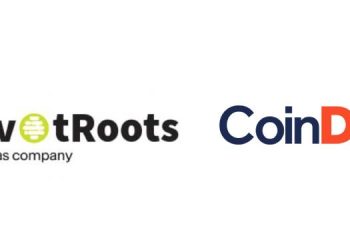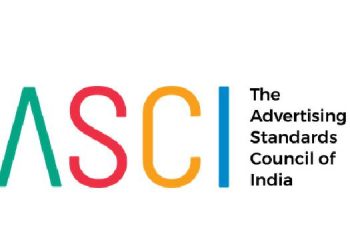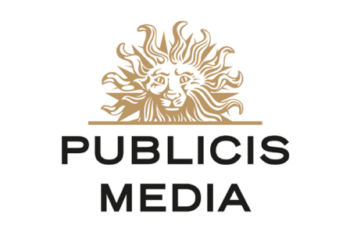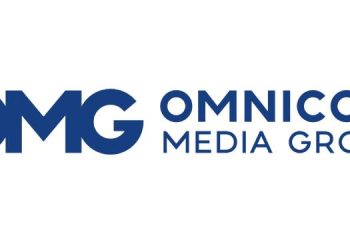Advertising expenditure by over-the-counter (OTC) healthcare brands in 13 key markets* will expand by 7.6% in 2022 and 5.0% in 2023, according to Zenith’s new Business Intelligence – OTC Healthcare report, published today. This growth will be driven by tailored digital brand advertising, as well as performance advertising driving traffic to OTC ecommerce platforms.
OTC advertising grew throughout the pandemic. OTC adspend expanded by 6.8% in 2020 while the market as a whole shrank by 3.5%, as healthcare messages soared in relevance for consumers. Demand for cold and flu remedies sank sharply as social distancing cut their transmission, but most other sub-categories continued to grow, and sales of sleep aids spiked. When the pandemic hit, brands in many categories cut back or even ceased their communications, concerned that their messaging was no longer appropriate, or in some cases counterproductive in the new context. This gave OTC brands the opportunity to use plentiful cheap media to reinforce their contribution to consumers’ health and wellbeing.
OTC advertising then rose a very healthy 12.8% in 2021, though in this case its growth was slightly behind the overall market, which had its lost ground to make up. Zenith forecast growth in OTC advertising to remain healthy over the next two years, as brands defend their price premiums and ecommerce platforms compete to establish dominance.
OTC has lagged some way behind the market as a whole in embracing ecommerce, but the lockdowns and other restrictions led to a leap in OTC ecommerce in 2020. Now that more consumers are aware of and comfortable with the option of shopping for OTC products online, it will become an ever more important sales channel over the next few years. This means traditional distributors such as pharmacies and supermarkets are facing new competition from digital ecommerce platforms, and brands have new opportunities to launch new partnerships or even direct-to-consumer ventures. The increased competition for traffic and sales will fuel continued growth in brand and performance advertising.
Zenith forecast that OTC healthcare adspend will grow from US$20.1bn in 2021 to US$22.7bn in 2023, 36% above pre-pandemic spending level of US$16.7bn in 2019.
Shift to digital helps brands tailor messaging to consumers’ specific needs
When consumer first buy an OTC product, they often spend time researching the purchase and discussing it with family, friends and trusted advisors like pharmacists. However, after the first purchase, buying OTC products quickly becomes routine, part of the regular shop. The fundamental role of OTC advertising is therefore to maintain brand awareness at the point of purchase, much like FMCG advertising. Similarly, OTC healthcare makes heavy use of television for its high-impact mass reach. OTC advertisers spent 38% of their budgets on television advertising in 2021, compared to 21% for the average advertiser across all categories. OTC brands also spend more on radio and magazines – radio for its mass reach and magazines for their high impact.
Until recently, it was difficult to use digital advertising to create emotional connections and lasting brand awareness. The rise of high-quality advertising environments, online video and retailer media – ads that appear on retail websites and ecommerce platforms – means brands can use digital to convey brand values effectively right through to the sale. Brands are also spending more on performance advertising as OTC ecommerce scales up.
Zenith forecasts that OTC brands will increase their digital adspend at an average rate of 11% a year between 2021 and 2023, while radio grows by 5%, television by 3%, and magazines shrink by 3%. Digital will account for 49% of OTC advertising in 2023, up from 46% in 2021.
“The continued shift to digital allows OTC brands to use smart segmentation and dynamic creative to market the same products to different people with different needs, within the framework of regulations for digital advertising in this category,” said Benoit Cacheux, Global Chief Digital Officer, Zenith. “The gym-goer with muscle ache, the office worker with a headache and the parent whose child has growing pains all need pain relief, but brands need to talk to them in different ways to persuade them most effectively. This ability to tailor the creative to the needs of the audience gives digital advertising an advantage that traditional media never had.”

“The pandemic has focused consumers’ attention on their health and disrupted their reliance on traditional OTC distribution channels,” said Jonathan Barnard, Head of Forecasting, Zenith. “Brands will continue to step up their investment in digital advertising as the rise of ecommerce gives it a greater role in driving OTC sales and brand growth.”
*The 13 markets included in this report are Australia, Canada, China, France, Germany, India, Italy, Poland, Russia, Spain, Switzerland, UK and USA, which between them account for 74% of total global adspend. The report covers medicines and remedies sold over the counter, including cold and allergy remedies, contraception, digestion care, eye care, oral care, pain relief, skin care, sleep aids, stop-smoking aids and wound care.

